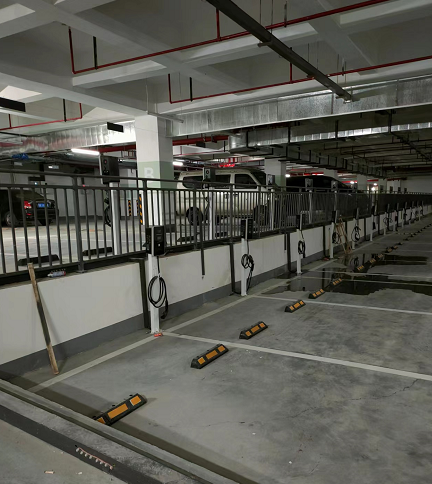It’s another National Day holiday season, I wonder if new energy vehicle owners are troubled by the problem of recharging during long-distance travel. Have you planned your charging strategy along the way in advance? Have you ever adjusted your trip due to unexpected situations such as damaged charging facilities, long wait times or long charging times? Let’s share our “holiday charging stories.”
In recent years, during every holiday season, grabbing charging piles on the highway has become a hot topic and there have been some interesting news stories. Here are a few examples:
A man drove his Tesla home and ran out of power. He had to pay RMB 2,000 to get the car towed and when he got home, his father scolded him, saying he could only afford one vegetable for dinner.
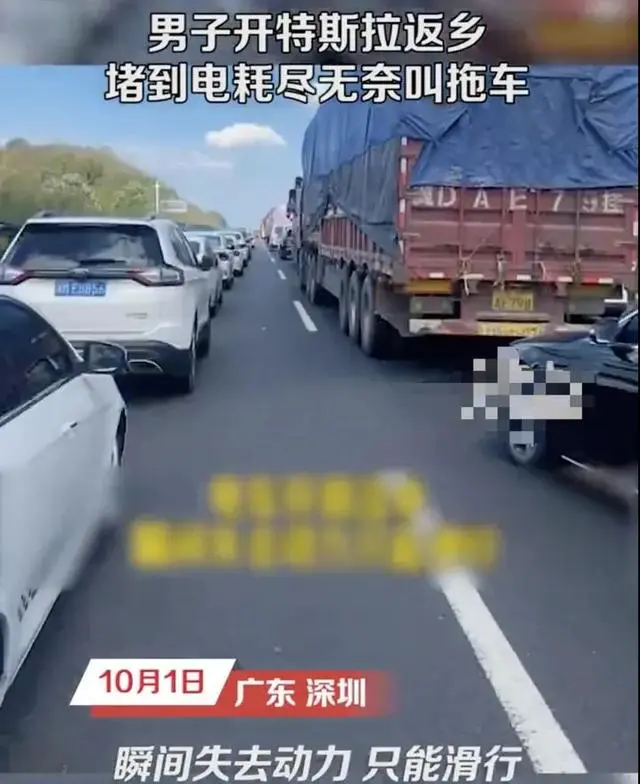
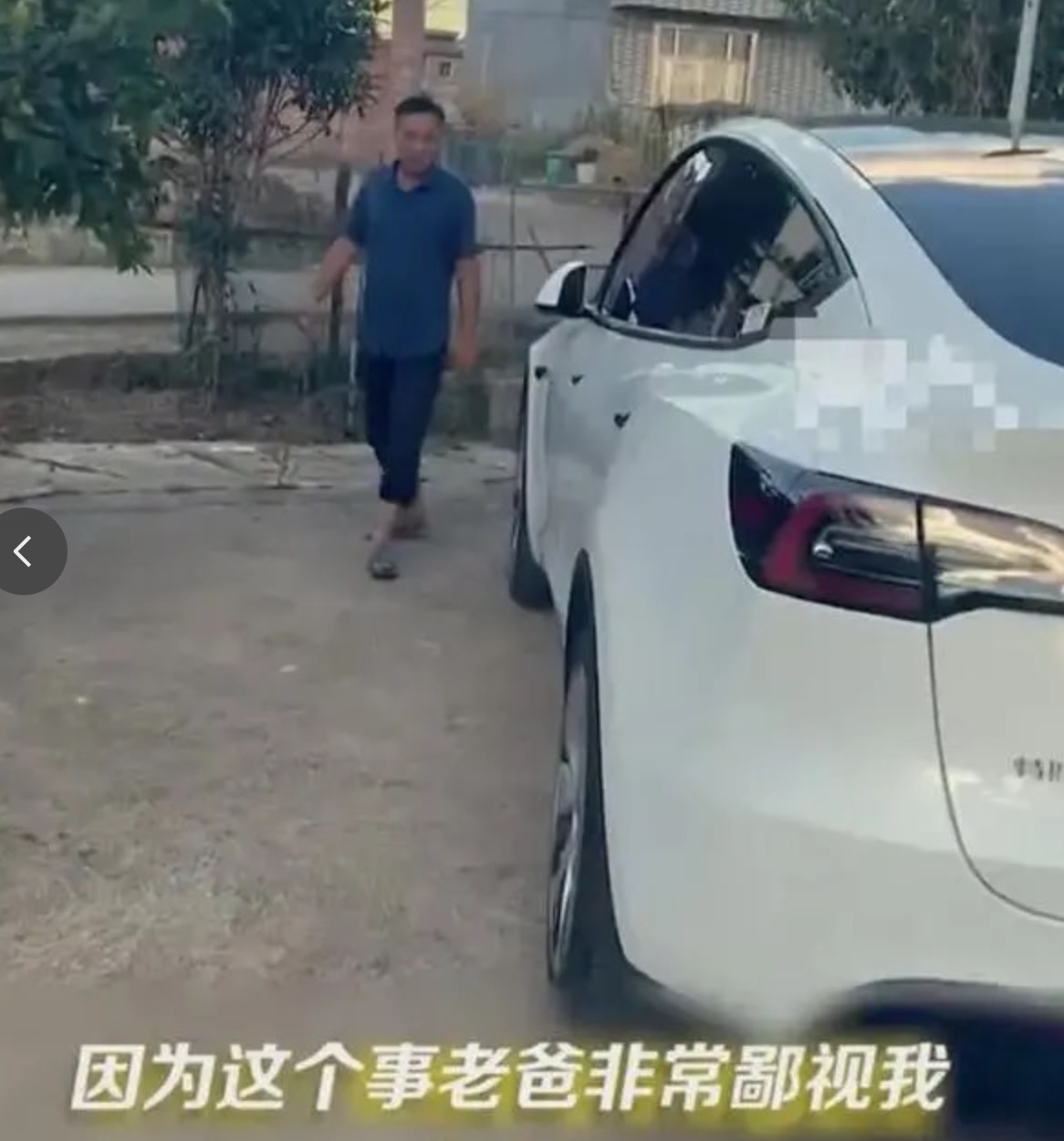
Pure electric vehicle owners complain that range extender vehicle owners are occupying charging stations without needing to charge, which has sparked controversy.
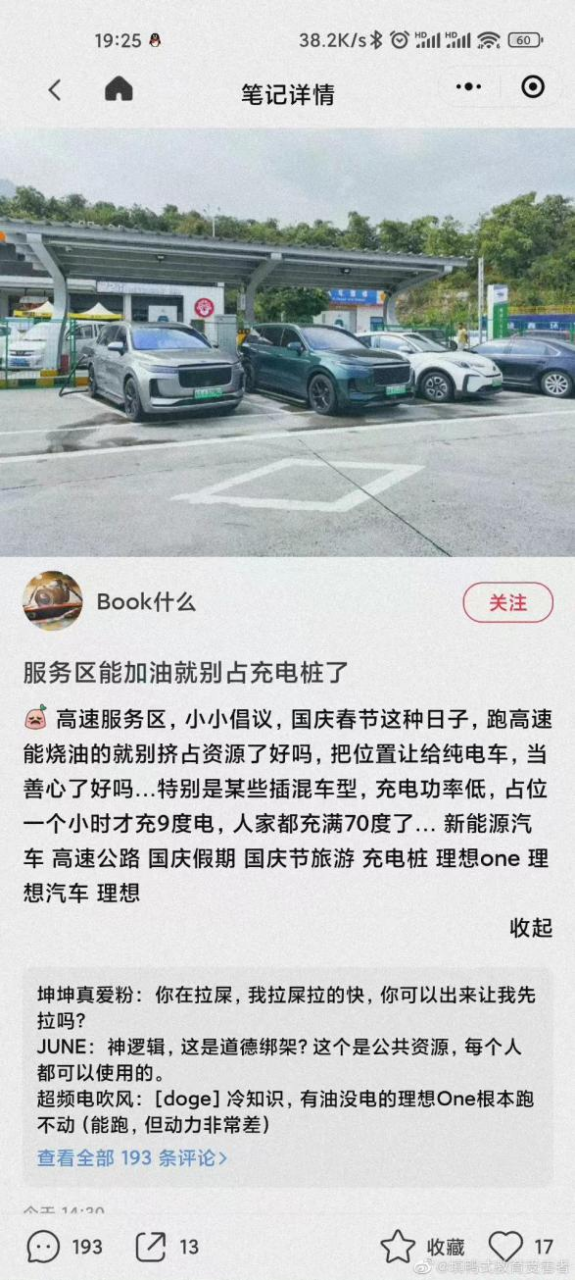

There were even fights over charging piles at highway service areas last year.
As the penetration rate of new energy vehicles in new car sales continues to increase, news like this tends to erupt every holiday season.
The crux of these hot topics is actually: the conflict between inadequate charging infrastructure construction and the widespread and frequent use of new energy vehicles.
Although China, being the “infrastructure maniac,” has been working hard to accelerate the development of charging networks and infrastructure construction, in the foreseeable next few years, particularly in the vast areas around non-first and second-tier cities, similar problems will not be resolved satisfactorily.
Although long-distance travel by new energy vehicles during the holiday peak period is still not as convenient as oil-based vehicles, more and more families and individuals are considering new energy vehicles when purchasing new cars.
Because new energy vehicles comply with the national energy strategy, have government subsidies, are exempt from purchase tax, have license plate resources tilt and limit exemption, and high oil prices further highlight the economic advantages of using electricity.
New and traditional car manufacturers such as Tesla, BYD, and NIO continue to promote new energy, and their product strength has caught up with fossil fuel vehicles, with obvious advantages in intelligent cabins and navigation-assisted driving.Obviously, the trend of new energy revolution in the automotive industry has been established, and it is wise for users to continuously choose new energy. Therefore, the development of charging facilities needs to keep up.
With the rapid development of highway charging facilities construction, as long as it is not during peak travel periods, for most people, the anxiety of long-distance charging will be reduced.
What more new energy vehicle owners should be concerned about is the convenience of charging for daily use: whether their own parking space can be installed with a new charging pile, whether there are nearby commercial piles, whether they support fast charging, how many people are queuing, how far can their new energy vehicle travel on a single charge, and so on.
Here, we quote the point of view of KOL (Key Opinion Leader) Han Lu in the auto circle. I personally agree with Mr. Han’s analytical suggestions and won’t say more.
If everything is pushed forward according to a good development vision, it seems that there will be no more anxiety about the use of electric vehicles after the construction of charging facilities is more complete. However, as a professional designer engaged in technical work in the real estate industry, there is a hidden concern here. As someone who loves cars, I must share it with everyone.
For new energy vehicle owners, the coolest thing is to have a private charging pile at home. So, the question is, if you have a parking space, can you install a private charging pile? This question is actually quite complicated, let’s analyze it below.
(1) Is it necessary for car owners to install private piles?
In 2015, the National Development and Reform Commission and other four departments jointly issued the “Development Guidelines for Electric Vehicle Charging Infrastructure”, which mentioned that the construction target of the charging pile ratio is 1:1. As of the end of August this year, the accumulated number of charging infrastructures in the country was 4.315 million, while the ownership of new energy vehicles was 10.99 million, which means that the ratio of charging piles to vehicles is 2.5:1, far from the target of 1:1.
For example, in Zhengzhou, where I am located, as early as 2016, the Provincial Government Office issued the “Interim Measures for the Planning and Operation Management of Electric Vehicle Charging Facilities During the 13th Five-Year Plan”, which clearly emphasized that new residential areas should be equipped with charging facilities or reserved for installation when building parking spaces.
However, in reality, at least in the Zhengzhou area, the scope of my vision is limited, and I have not seen any developers who actually implement the 100% construction or reservation of charging facilities, and the reasons are difficult to explain.
The only charging facility that is allocated is required by the “Zhengzhou Urban Planning Management Technical Regulations”, which stipulates that 10% of the allocated parking spaces should be equipped with installed and usable charging infrastructure, and the planning verification department will be on-site to check when the project is completed. In other words, 90% of the parking spaces in new residential areas need to be equipped with charging piles by the owners themselves, and old ones do not have reserved spaces for charging pile installation.
Since car owners need to install charging piles themselves under the current conditions, is it better not to install private piles and solely rely on public commercial piles? Let’s first see what the industry experts say.At the 2022 China Automotive Supply Chain Conference held on June 27th, Yu Dexiang, Chairman of TELD, stated that the widespread use of ultra-fast charging stations will bring pressure and challenges to the power system and grid. Therefore, he does not think that large-scale ultra-fast charging is the correct direction for the future.
Yu Dexiang also said that battery switching is a phased solution in the absence of perfect charging facilities, and cannot represent the future direction of development.
In short, ultra-fast charging puts too much pressure on the power grid, and expanding the grid is not something that can be achieved overnight. This is not something that vehicle manufacturers or third-party operators can unilaterally promote. The cost of battery switching is too high, and there are issues with matching between different vehicle manufacturers and models, as well as business model issues of high-end and low-end vehicles with different battery capacities. Technically, it is quite complex, and discussing it here would require another article. Therefore, it is recommended that everyone read the interview with Yu Dexiang and not repeat it here.
As a practitioner with some technical reserves, I can understand Yu Dexiang’s point of view and personally agree with it. I know that many people will raise objections when they read this. I also hope that the development of the national power grid can solve these problems and look forward to being proven wrong.
In any case, when the number of new energy vehicles is large enough, ultra-fast charging and battery switching can be used as the main means of rapid energy supplementation, and can be widely distributed on main roads and highways in cities. However, relying on ultra-fast charging and battery switching as the basic energy supplementation plan for all electric vehicles is too difficult.
To give a possibly inappropriate analogy, ultra-fast charging and battery switching are like lobster and abalone. The output is limited, and they can be eaten occasionally or frequently, but they cannot be used as staple foods to feed everyone.
According to the above discussion, if all public charging stations cannot be either ultra-fast charging or battery switching, and you do not have a private charging station, then you can only go to the slow charging stations outside. Imagine the scene of numerous car owners queuing for slow charging stations on winter nights in the north and summer nights in the south. It is too tragic.
No, installing a private charging station is still the best option, no matter how troublesome it is, you must have your own private charging station.
(II) Homeowners who install charging stations on their own will get first dibs.
If you are determined to have your own private charging station, then let’s take a look at the possible problems you may face.
For car owners in towns and villages with their own yards or villas in the city, or those who have directly purchased parking spaces with charging facilities, you can skip the rest of the article. For car owners in ordinary residential areas in the city, the basic process for installing a charging station is as follows:1. The parking space in the garage must be fixed, preferably with parking space ownership, and a lease contract for parking spaces that is longer than one year is also acceptable (required by Zhengzhou Power Supply Bureau, details for other regions unknown). It cannot be a mechanical parking space.
-
Obtain the consent of the property management company and request a certificate. The property management may obstruct the installation due to laziness.
-
Apply to the power supply bureau for power supply to the charging pile and installation of an electricity meter. Some regions may not accept such applications.
Now comes the key question: where does the electricity come from?
To briefly explain some basic knowledge of building electrical engineering, various functional rooms such as fire pump rooms, control rooms, water pump rooms, smoke exhaust machine rooms, and power distribution rooms are distributed in the basement of residential projects. Among them, the power distribution rooms are divided into central distribution, regional distribution, or residential distribution, and public distribution. As long as it is known that the electricity from the charging pile of the electric vehicle needs to be connected to the public distribution room. The transformer in the public distribution room mainly controls the power load of public areas in residential areas, such as basements, staircases, first-floor lobbies, landscape electricity, charging piles, and fire equipment.
When designing the public distribution room, the national regulations are followed to calculate the power load. This load meets the normal usage requirements and has a certain surplus, and the surplus can be used for the power supply of newly added charging piles.
As I mentioned in the previous chapter, the government requires 100% of charging conditions to be reserved, but most projects are reserved for 10% of parking spaces. That is to say, from the perspective of power supply load, the newly installed charging piles of property owners can only use the part of the surplus designed to be reserved. Once this surplus is used up, it does not support the installation of new charging piles anymore. This is the first bottleneck.
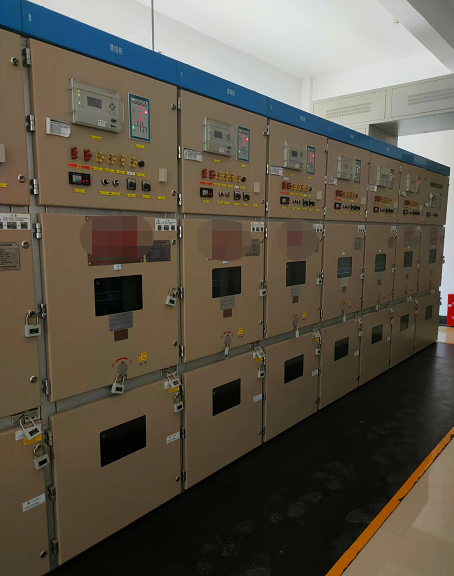
Moving on to the second bottleneck, it is not necessarily possible to install a charging pile just because there is surplus capacity in the public distribution room. Because a single household slow charging pile (do not expect high-voltage fast charging piles) only has a power of 7 kW, which is small and cannot be directly connected to the public distribution transformer. Instead, it needs to be connected to a multiple-branch (hereinafter referred to as a branch box) that is specifically for charging piles pulled out from the public distribution. These branch boxes are distributed in different areas of the basement, and the charging piles need to be connected from these branch boxes.
Generally, the developers have built the branch boxes around the 10% of already built charging parking spaces. If your parking space is close to this branch box, it is very convenient to pull the wires and connect it. If it is far away, for example, hundreds of meters away, imagine how much it would cost to lay cables over this distance. The extra cost is enough to buy electricity or fuel for several years. Is it cost-effective to install a charging pile in your own home at this point?
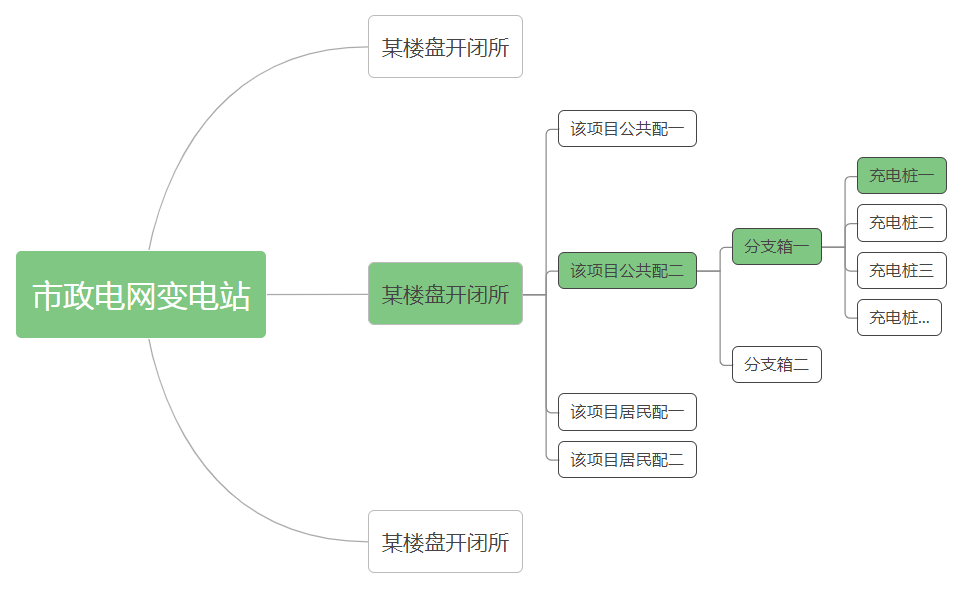 There’s also a third bottleneck: the branch box must have spare switch points for the charger to connect. For example, if there are 20 switch points in a branch box and it is responsible for powering a total of 16 charging stations in the surrounding area, there will be 4 available for new charging stations to connect.
There’s also a third bottleneck: the branch box must have spare switch points for the charger to connect. For example, if there are 20 switch points in a branch box and it is responsible for powering a total of 16 charging stations in the surrounding area, there will be 4 available for new charging stations to connect.
So who gets to use these 4 points? It’s first come, first served, so owners who buy electric cars later will have to find another solution.
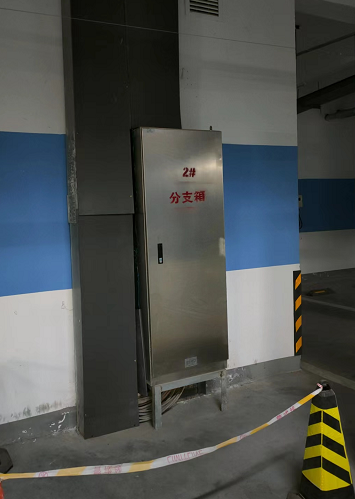
(III) What if you can’t get a branch box power point?
If you can’t get a branch box power point nearby and still want to install a charger, you need to overcome the three bottlenecks mentioned in the previous section, depending on the situation.
Situation 1: There is spare public capacity, and there is a branch box nearby but no extra switch points inside.
For this situation, the easiest and most effective method is to add switch points in the branch box, providing there is space and it does not exceed the threshold of the total threshold of the box’s total capacity with the additional load, and the property management agrees. If it is not possible to add switch points, then see the second situation below.
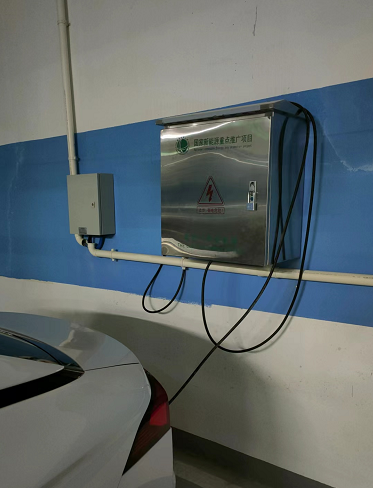
Situation 2: There is spare public capacity but no branch box nearby or switch points cannot be added to the branch box.
There are two ways to deal with this situation.
One is to give up the nearby branch box and connect to other branch boxes that have spare switches, but owners need to consider the added cost of the new cable.
The other is to install a new branch box from the public distribution near your parking space and connect the charging station to it. However, there will be disputes over the ownership of this branch box. If the branch box belongs to the installer, connecting directly to the public distribution, there will be not enough points for each owner to individually connect. Otherwise, later owners will have no position. If this branch box belongs to property management, who pays for the installation and is responsible for any accidents? Property management has no incentive to do this. If the branch box belongs to the installer but later owners can connect to it, how will the shared costs be shared? In case of problems or accidents, how will responsibility be determined?
In fact, once owners encounter this situation, installing a charging station becomes very difficult. But there is still an even more difficult situation, which is discussed in the third situation.
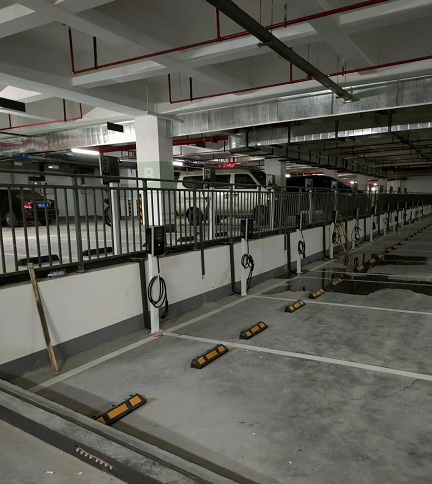
Situation 3: There is no spare capacity in the public distribution.To begin with, the conclusion is that for car owners encountering this situation, it is almost impossible to make progress even if the property actively takes action, and there is only a theoretical possibility of a solution.
(1) How to determine whether the public distribution has spare capacity.
This is a purely technical issue. The property company may not even know how many new charging piles can be connected with the spare capacity of public distribution. Therefore, when the property says that there is no spare capacity, everyone needs to investigate and ask them to provide calculation basis. Only the technical department of the developer and the power supply and distribution design unit can calculate and obtain the final result. Taking data from a certain project as an example, the calculation process is shown below:
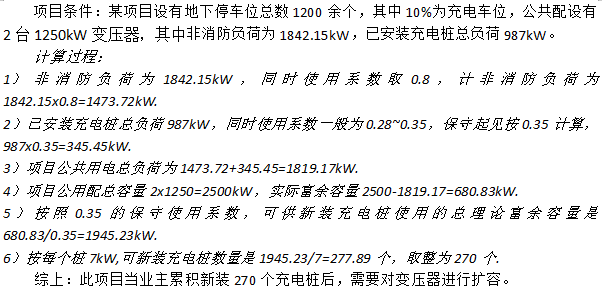
(2) What to do if there is no spare capacity in the public distribution transformer.
If there is no spare capacity, then it needs to be expanded. The old transformer can be removed and replaced with a new one with a larger capacity. A new power distribution room can also be added in a vacant position in the basement or on the ground, and a new transformer can be installed. The problems are as follows:
1) We need to apply to the power supply bureau first, and install and construct only after obtaining approval. Applying for it requires a procedure, design drawings are required, who will handle these affairs? After the approval of the power supply bureau, new external power cables will be added to the community. Just think about it, if many communities under the jurisdiction of a substation have new installation needs, the entire substation and the high-voltage power grid under its jurisdiction need to be comprehensively expanded and rebuilt, and the pressure on the power system will be huge again. How much funding and manpower, material resources are needed to support the renovation and expansion of the power infrastructure?
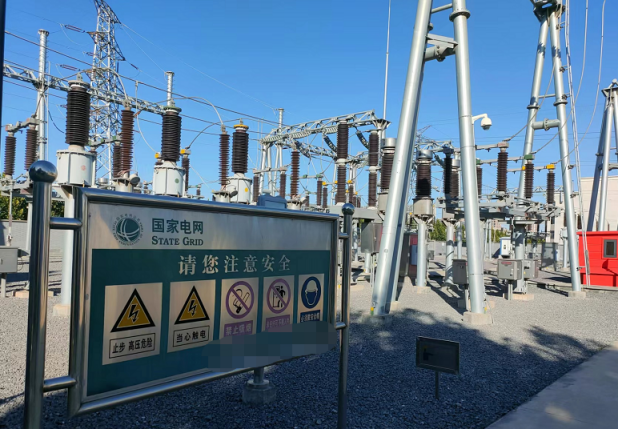
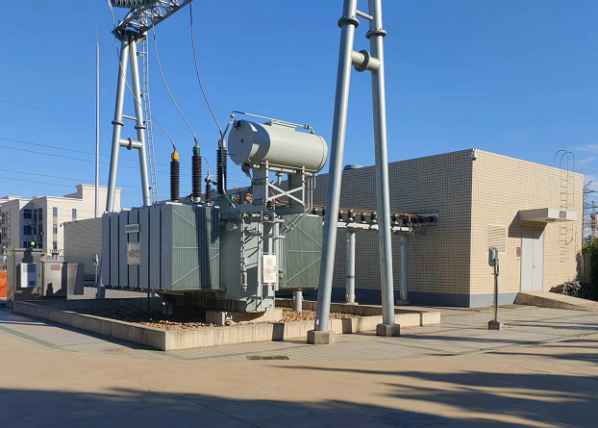
2) If we remove the old transformer and replace it with a new one, this is a joint property of the community, and is not managed by the power supply company. Who will pay the money? Who will be in charge of promoting the matter? Who will take responsibility if there is a problem? Where will the power supply design and construction units go? The same is true for a new power distribution room, but the location selection of the room and whether it is placed in the basement or on the ground needs to be considered. If it is placed in the basement, it will occupy parking spaces. Who owns these parking spaces? Do we need to allocate the ownership rights of the parking spaces? If it is placed on the ground, we need to apply to the planning bureau first. Will the planning bureau approve it? The residents living near the power distribution room will definitely be unhappy. There are many issues to consider during construction, such as power outage, disruption of the landscape, and noise pollution.
These are not something that home owners who just want to install a charging pile can handle!
(4) How to break the deadlock.Through the analysis above, it can be found that the bottleneck problem is fundamentally about the source of electricity. Without readily available power access points, there is a lack of a strong entity (such as a specialized company or a government department) to lead the expansion or introduction of power points, all of which can only be achieved with capital investment. Therefore, how to break the impasse? The first step is to find people, the second is to find money.
Let’s first talk about finding people.
1. First, find the developer.
Newly built properties must strictly comply with the policy requirements of reserving sufficient charging facilities. These charging facilities refer to switch points that can be directly connected to charging piles within the branch box, rather than the so-called reserved capacity of transformers or reserved civil engineering installation conditions. In addition, the government’s supervisory department should focus on checking whether the reservation is in place during the project completion and acceptance phase.
In fact, the ratio of parking spaces to a newly built property is usually greater than 1:1, and the sales rate of parking spaces in the property is not 100%, nor will all owners buy electric vehicles. Therefore, it is not scientific or necessary to force developers to reserve according to 100% of the total number of parking spaces. The specific proportion of reservation must be determined by scientific research on policies combined with the local social reality.
2. Then, find the “trailblazers”.
Since there are currently no specialized companies in the market for this business, I can only use “trailblazers” as a vague replacement.
The installation service of new energy vehicle companies only covers installation from the branch box access point to the charging pile. The original developer is only responsible for the completion of the public supporting parts of the branch box, while the power supply bureau is only responsible for the external network of electricity. For residential communities that have already been built, the construction of the charging facility from the access point of the park’s high-voltage switch to the branch box is blank. If a company can enter this market, it is promising. However, the business operation mode and profit model of this service require more exploration. However, there will eventually be a “trailblazer” who can obtain substantial returns from the market.
3. Finally, turn to the government.
Since there has been no “trailblazer” yet, it can be seen that the difficulties in this process must be significant. Therefore, government departments need to provide appropriate policy guidance and management to give appropriate incentives, even experiment with some projects in coordination with the power supply department.
Now let’s discuss finding money.
As a designer who started as a technical professional, I wouldn’t dare to speak out of turn. I will leave this to real entrepreneurs and start-up experts to go all out. But I would like to mention a vision proposed by a lot of industry experts, especially Ted Hu from Techrules.
Generating electricity is easy, but storing it is difficult, and the cost of energy storage batteries is too high. The battery of each electric vehicle is a storage package. If it can be charged during off-peak hours and discharged during peak hours, it can not only achieve effective use of energy, but also allow car owners to earn a difference in electricity fees by participating in this process of charging and discharging. After installing charging piles, car owners can be the “second dealers” of electricity while driving, not only without spending money but also earning money.Translate the following Chinese Markdown text into English Markdown text while keeping the HTML tags, only output the result:
This would not only promote the further popularization of electric vehicles, but also attract more “early adopters” who want to share in the enormous benefits, achieving a win-win situation. Since the policy allows homeowners to install solar panels on their rooftops and balconies to generate electricity and sell it to the grid, we should also boldly imagine that electric vehicle batteries can also shave peaks and fill valleys for the effective use of electricity.
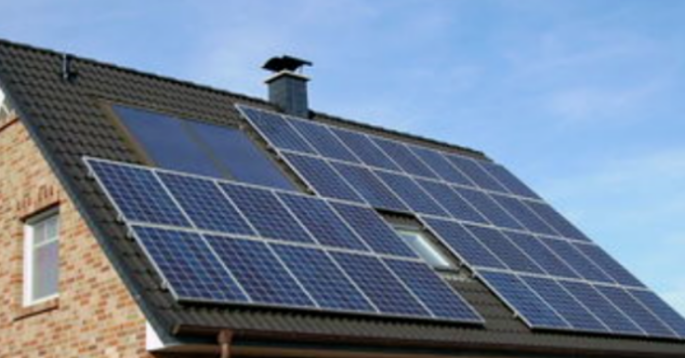
Summary
In conclusion, the above is the end of the article. Let’s return to the title: Can your home charging station be installed?
Everyone can explore the power conditions of their own community, and I look forward to seeing everyone’s interactive information in the comments.
Regrettably, my ability is limited, and what I wrote in this article is merely a personal statement within my own technical knowledge. I cannot guarantee that the views expressed, the situations described, or the proposed solutions are all accurate and correct. If there are any mistakes or omissions, please criticize and correct them, but refrain from making vicious attacks.
This article is a translation by ChatGPT of a Chinese report from 42HOW. If you have any questions about it, please email bd@42how.com.
